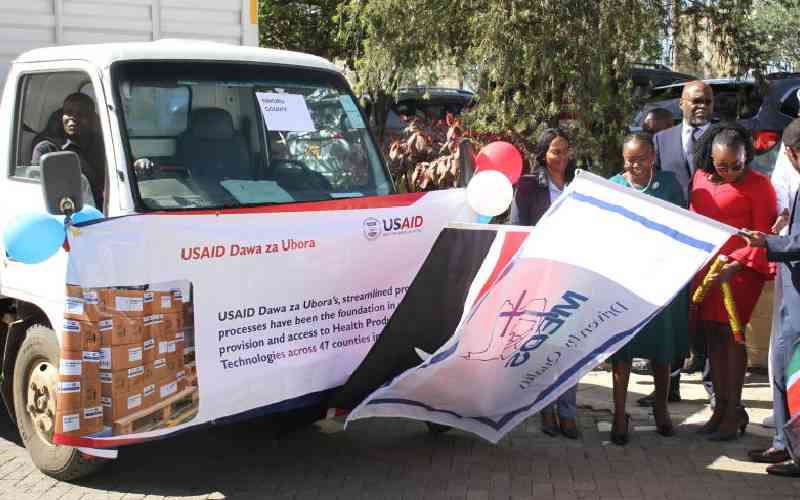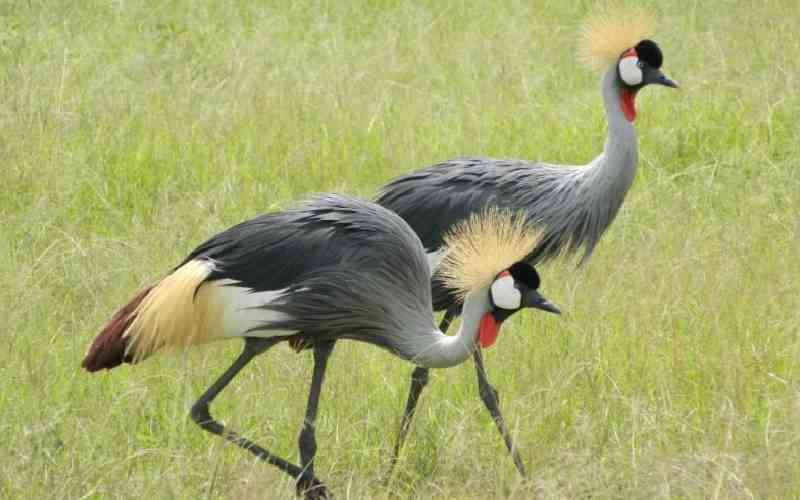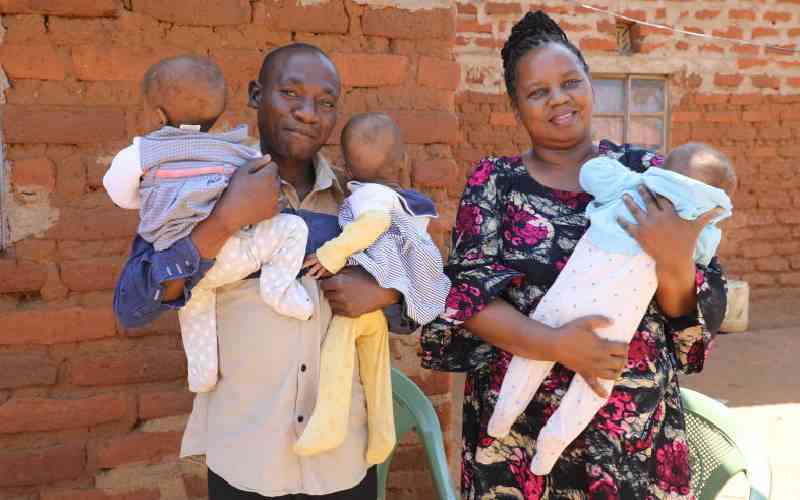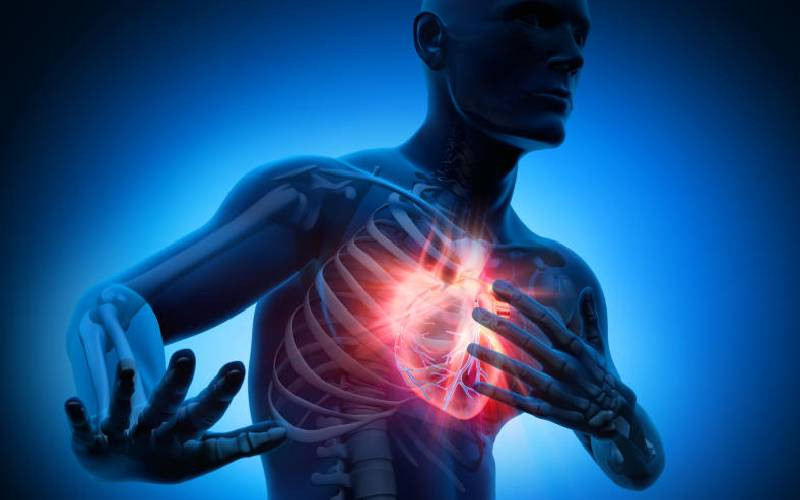
President William Ruto will start his tour of Mt Kenya region next week. It has become a tradition for the Head of State to visit various parts of the country every year to start or to inspect projects and to consult with grassroots leaders and wananchi.
Some of Dr Ruto's critics see these tours as political rallies when in essence it is clear it is the President’s modus operandi as he seeks to fulfill his promises. Notably, the President, accompanied by Deputy President Kithure Kindiki, has already been to Western, Coast, North Eastern and Nairobi this year alone. At the end of last year, he was in Nyanza and Rift Valley.
As he has done elsewhere, the President is expected to listen to Mt Kenya residents and, after requests, act on the spot or assure prompt action. During his recent tour of Nairobi County, the President did not shut his ears to genuine requests, especially those beneficial to wananchi.
In Dagoretti South, he ordered the construction of a two-storey building to accommodate more students at PC Kinyanjui Technical and Training Institute following a request by students. He also instructed the delivery of additional 100 computers to boost learning at the institute. The same happened in Westlands Constituency where the President promised the construction of 15 classrooms for Kangemi Junior School following a request by area MP Tim Wanyonyi.
It is now Mt Kenya’s turn to benefit. Some might argue that development shouldn’t be bargained for during such public forums; that it should be done without much prodding and kowtowing.
But what harm does it have for a specific request to be brought to the President’s attention? And importantly, for it to attract his orders that everyone knows carries more weight than any other person’s?
Keep Reading
- Court extends stay on health laws as ministry appeals ruling
- Experts seek inclusion of youths, children in climate action
- Ruto admits SHA skepticism, dodges vaccination issue
- State leaves out key players from in high-profile health summit
Mt Kenya region is endowed with agricultural potential; coffee, tea, dairy, potato, miraa, macadamia and avocado, among others. Last year, the region led in production of quality tea that attracted better earnings. In 2024, tea exports earned the country Sh211 billion, a significant rise from Sh181 billion in 2023. In 2022, it was Sh161 billion. In the financial year ending June 2024, Murang’a, Meru and Kirinyaga counties topped the nation’s tea earning table with Sh17.8 billion, Sh10.3 billion and Sh9.5 billion respectively. Kiambu, Nyeri, Embu, Tharaka-Nithi were also among the top ten earners.
Coffee production has for many years been the region’s mainstay with Kiambu, Kirinyaga, Nyeri, Murang’a, Embu and Meru the leading producers. The region is also among the top milk producers as well as miraa, avocado and macadamia.
These figures clearly capture the region’s indispensable role in the nation’s socio-economic growth. But there is still room for improvement. As such, the President’s visit presents an opportunity for residents and stakeholders to press for more government support to boost agriculture.
Secondly, like in most parts of the country, road construction in Mt Kenya stopped following depressed allocations before this government took over. During a recent visit to the region, the Deputy President assured residents that all stalled roads would be revived. Contractors are already back to most of the sites. This is the region’s perfect moment to seek assurance from the Head of State that the roads will be completed.
Mr Kiplang’at is a communications specialist. kiplangatje@gmail.com





